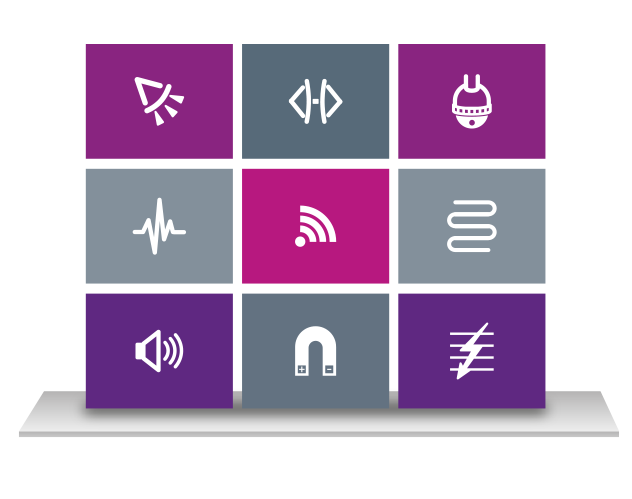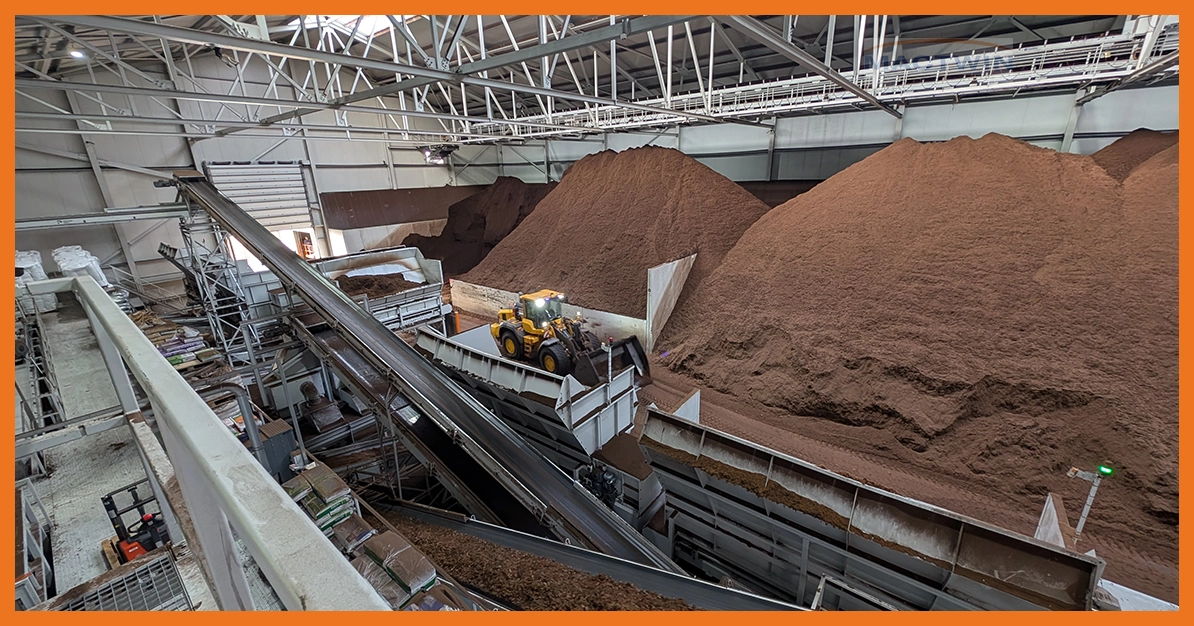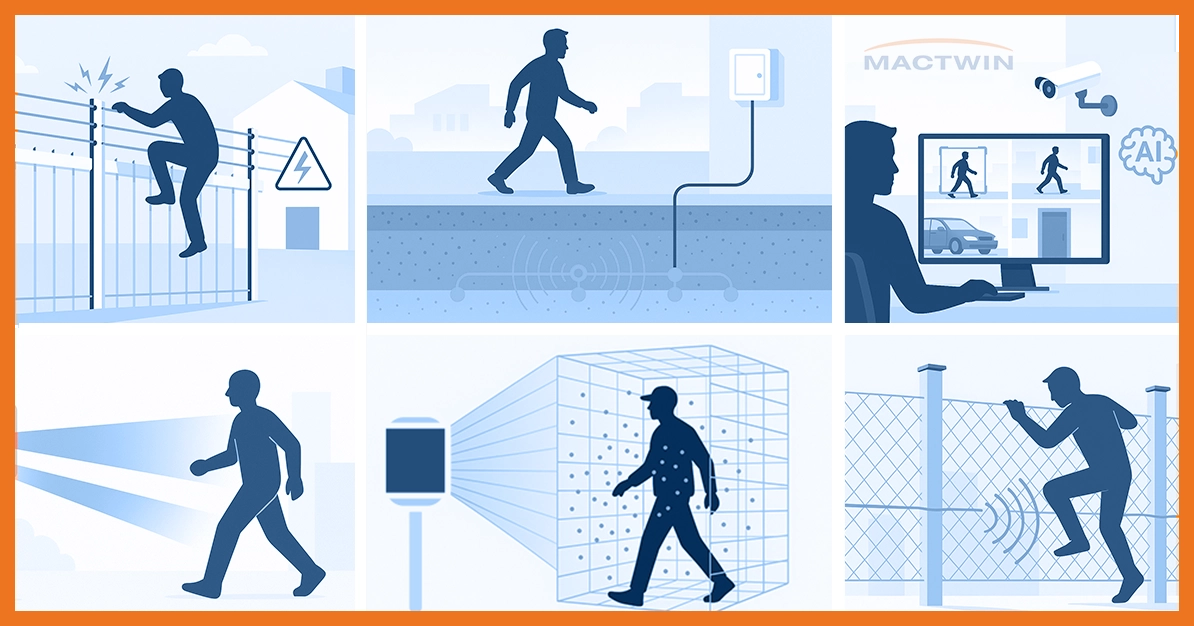When people hear ‘detection,’ they often think immediately of passive infrared detectors (or PIR, common in building intrusion detection). However, large outdoor areas – such as in critical infrastructure, defense, amusement parks, or industry – are not always suitable for this type of detection. Weather conditions or local fauna can have an impact. In certain circumstances, such as high-security environments, the detection system itself must be invisible and thus difficult to sabotage. Many factors play a role in choosing perimeter detection. We are here to help you make the optimal choice.
Everything about Perimeter Detection
As risk managers, we are accustomed to thinking in scenarios. To get inside the mind of our adversary – the criminal, radical activist, or terrorist – and examine your vulnerabilities from their perspective. The first step in preventing these adversaries from reaching your building(s), where your people and valuable goods or data are located, is proper electronic detection. We work according to our OSVO principle for this. OSVO stands for Organize, Signal, Delay, and Respond. In short, this means we begin preparation with a Master Plan. Once the plan is developed and measures are implemented, we ensure that an attack is detected as early as possible. Then we must delay the intruders sufficiently to allow response teams to intervene in time. In the video below, we explain how this works.
In the example above, you see the measures at and inside a building. But in principle, perimeter detection works according to the same principle; only the measures themselves are different. There are various methods of electronic perimeter detection that can be valuable for your site security. Consider, for example, ground detection / seismic detection, field detection systems, fence detection, and (thermal) cameras.
If you don’t deal with these kinds of questions daily, you can easily lose overview. Our experts oversee both the big picture and the details and can advise you at every step, starting with a Master Plan. As with our
Management with PSIM
Detection and alarm verification in the field enables you to identify and respond to abnormal behavior of persons and forced entries in a timely manner. These systems and the technology for access control and access granting are brought together in a PSIM, where actions are taken

Standards for Perimeter Detection
Mactwin is a knowledge-based company. We invest significant energy in acquiring, sharing, and securing knowledge about explosion protection; both within our organization and externally. This is reflected in the expertise and dedication with which our experts implement your solution.
For perimeter detection in general, no specific standards are defined in the Netherlands. The Dutch Association of Insurers has established guidelines for site security in the logistics sector. These state that when using cameras, the NEN 50132 standard can be applied. However, a standardized product says nothing about the quality of your total defense. We ensure that all measures are built up in balance and coherence with each other, so you can always provide the resistance and delay that are important for your organization. Would you like to know how we go beyond where standards end?




